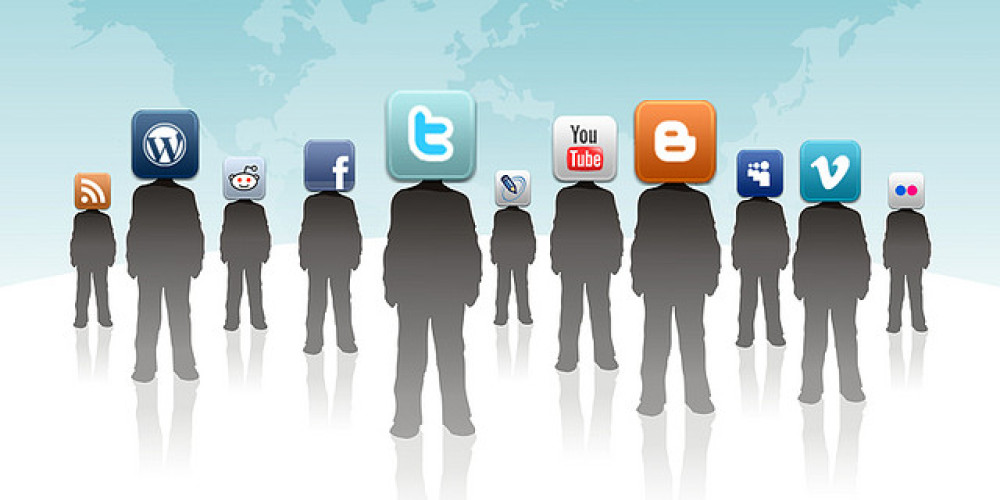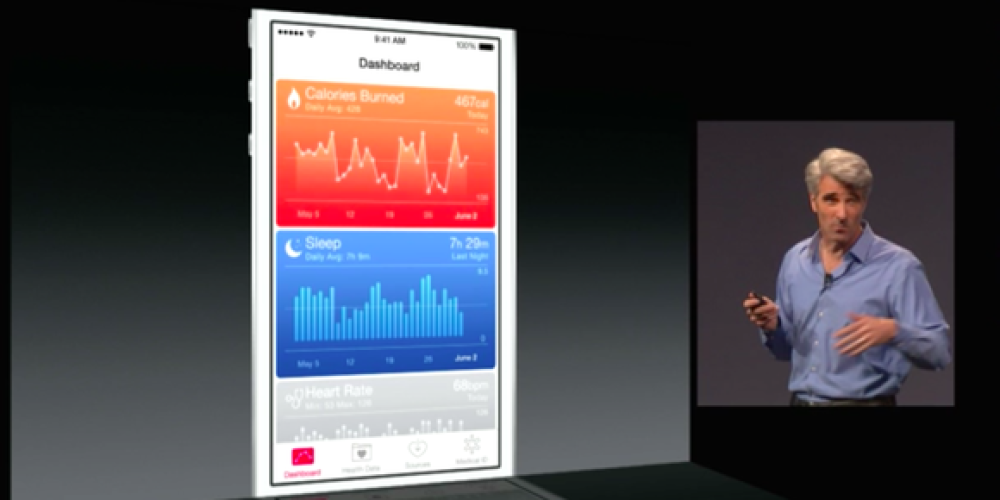It’s a simple Yes, or No question.
Is Information Technology reducing the cost of healthcare?
But it’s a tough question to answer definitively.
Current healthcare spending in the USA will reach $2.8 trillion annually. Healthcare costs continue to rise even with new technology. In nearly every other industry… publishing, banking, manufacturing, distribution and retail… technology has LOWERED costs.
Will IT reign in and control rising healthcare costs?
How long will it take for IT to impact rising healthcare costs?
After reading through the comments on this Linkedin discussion, it seems that EHRs are at the center of the debate about getting control of healthcare costs.
Yes, hospitals and healthcare organizations are spending millions on upgrading EHR systems. However, didn’t other industries do the same and ultimately figure out how to lower operating costs and increase profits?
Yes.. they have.
When industries such as banking and manufacturing, retail and distribution integrated information technology within their operations it created massive disruptions and change. Thousands of jobs were eliminated. The customer’s buying experience moved online. Each one of these industries needed to adapt to satisfying a more empowered customer.
Take for example, the experience of buying a car today. Today, the car buyer can go online and get an estimate of his or her current car value at sites such as Kelly Blue Book. Car shoppers are no longer at the mercy of the car salesperson who has the secret of current used car values tucked away in a little yellow book. In addition, getting a price on the car a customer wishes to purchase is done online.
Today’s car shopper shows up at the showroom armed with the data. It empowers the consumer. But it also benefits the car dealer. The car dealer now can focus on serious buyers without playing games. The smart car dealer has the ability to use IT to keep in touch with prospective buyers at low cost.
Isn’t the promise of lower… and better and improved… healthcare ultimately in the hands of an empowered patient? Patients don’t want unnecessary and duplicate tests. Patients don’t want to take drugs that have no or little impact on their health. Patients don’t want surgeries that aren’t needed.
But patients haven’t really been part of the conversation. The doctors and hospitals determine the treatment. Typically patients accept the treatment plan without question… as long as the third party, an insurance company or the government… pays the bill.
Information Technology will arm patients with data.
The question is:
Will they assume responsibility and demand changes to how healthcare is delivered? Will this demand result in lower healthcare costs?
It has happened in other industries.
The difference in healthcare is the third party payer.
Whether the Affordable Care Act has insured more uninsured, or will lower healthcare costs remains to be seen. One thing it has done is educated millions more Americans of the real costs of health insurance.
As increasingly more people understand the actual costs of healthcare and health insurance… PLUS they are armed with data about healthcare options concerning their individual health, they will apply pressure forcing hospitals and physicians to operate more efficiently and lower costs.
Healthcare organizations, physicians, and health insurance companies will be forced to respond to the demand of the empowered patient.
The empowered patient is the answer to lowering healthcare costs.
Finally, let’s bring this back to a marketing perspective.
If you’re in the health IT or mHealth app game…
How does your product or service empower the patient?
photo credit: Images_of_Money via photopin cc









Robert says:
Reducing cost is one part; driving efficiency and better outcomes must be next then lower cost high quality healthcare can be made available to all. health IT is critical to delivering this and it ultimately depends on hospital and providers ability to implement and measure this.